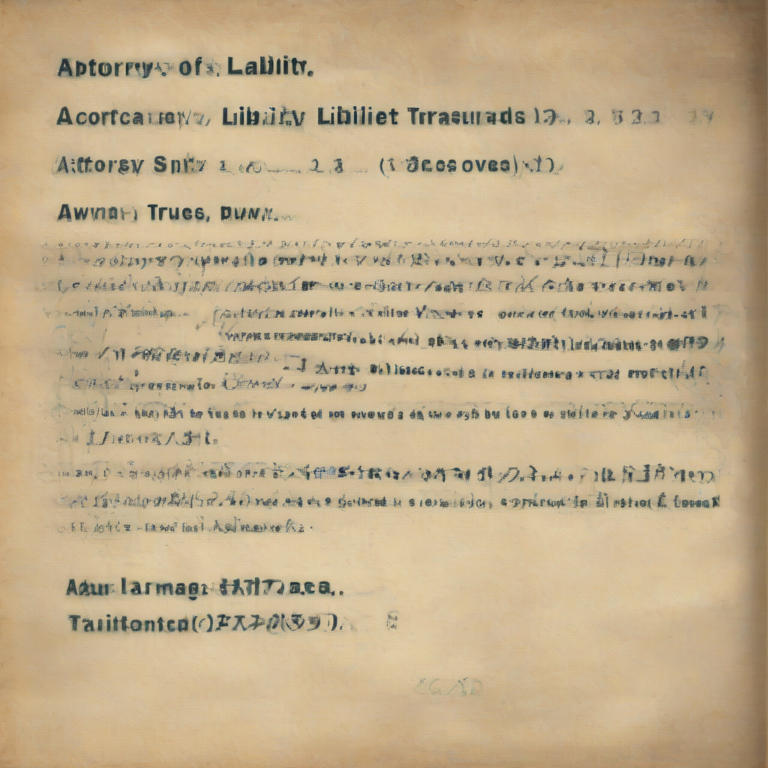
Navigating the USAA Auto Insurance Claims Process: A Comprehensive Guide
USAA, known for its exceptional service to military members and their families, offers a robust auto insurance program. However, even with a reputable insurer, understanding the claims process is crucial for a smooth and efficient experience. This guide delves into the intricacies of filing a USAA auto insurance claim, covering various scenarios and providing helpful tips to ensure a positive outcome.
Understanding Your USAA Auto Insurance Policy
Before diving into the claims process, it’s essential to thoroughly understand your policy. Familiarize yourself with the following:
- Coverage Types: Know the specifics of your coverage, including liability, collision, comprehensive, uninsured/underinsured motorist, and medical payments coverage. Understanding your policy limits is crucial.
- Deductibles: Your deductible is the amount you’ll pay out-of-pocket before your insurance coverage kicks in. Knowing your deductible for collision and comprehensive claims is vital.
- Policy Number: Keep your policy number readily available; it’s a key identifier for all communication with USAA.
- Contact Information: Ensure USAA has your current contact information, including phone number, email address, and mailing address.
Filing a USAA Auto Insurance Claim
USAA offers multiple convenient ways to file a claim:
- Online: The USAA mobile app and website provide a user-friendly online claims portal. This method is often the quickest and most convenient.
- Phone: Calling USAA’s claims hotline provides direct access to a claims adjuster who can guide you through the process. This is particularly helpful for complex claims or if you prefer personalized assistance.
- In-Person (Rare): In some exceptional circumstances, you might need to visit a USAA office, though this is less common.
Types of Auto Insurance Claims
The claims process can vary depending on the type of claim:
Collision Claims
Collision claims involve damage to your vehicle resulting from an accident with another vehicle or object, regardless of fault. The process typically involves:
- Reporting the accident: Report the accident to the police if necessary and to USAA as soon as possible.
- Gathering information: Collect information from all involved parties, including contact details, insurance information, and witness statements.
- Submitting a claim: File your claim online or by phone, providing all necessary information and documentation.
- Vehicle Inspection: USAA might schedule an inspection of your vehicle to assess the damage.
- Repair or Replacement: USAA will authorize repairs at an approved repair shop or provide a settlement for vehicle replacement if the damage is extensive.
Comprehensive Claims
Comprehensive claims cover damage to your vehicle not caused by a collision, such as theft, vandalism, fire, or natural disasters. The process is similar to collision claims, but the cause of damage is different:
- Reporting the incident: Report the incident to USAA immediately.
- Providing documentation: Provide any relevant documentation such as a police report (if applicable), photos of the damage, and any other supporting evidence.
- Vehicle Inspection (if necessary): USAA may require an inspection of your vehicle.
- Repair or Replacement: USAA will authorize repairs or provide a settlement for replacement.
Liability Claims
Liability claims involve situations where you are at fault for causing an accident. Your insurance will cover the damages to the other party’s vehicle and any injuries sustained. The process includes:
- Reporting the accident: Report the accident to the police and to USAA immediately.
- Cooperating with the investigation: Fully cooperate with USAA’s investigation into the accident.
- Providing information: Provide all requested information to USAA and the other party’s insurance company.
- Settlement negotiation: USAA will negotiate a settlement with the other party’s insurance company to cover their damages.
Uninsured/Underinsured Motorist Claims
If you’re involved in an accident with an uninsured or underinsured driver, your uninsured/underinsured motorist coverage will help cover your damages and injuries. The process involves:
- Reporting the accident: Report the accident to the police and to USAA immediately.
- Gathering information: Gather as much information as possible about the other driver, including their license plate number and insurance information (if available).
- Filing a claim: File a claim with USAA, providing all necessary information and documentation.
- Medical treatment: Seek medical attention for any injuries sustained.
- Settlement negotiation: USAA will negotiate a settlement to cover your medical expenses, vehicle repairs, and other damages.
Tips for a Smooth Claims Process
- Report the accident promptly: The sooner you report the accident, the faster the claims process will begin.
- Gather all necessary information: Collect contact information from all involved parties, including witnesses.
- Take photos and videos: Document the accident scene with photos and videos.
- Keep accurate records: Maintain records of all communication, documents, and expenses related to the claim.
- Be honest and cooperative: Provide accurate information and cooperate fully with USAA’s investigation.
- Follow up: Check in with USAA regularly to ensure the process is moving forward.
- Use authorized repair shops: Using USAA-approved repair shops can often streamline the repair process.
- Understand your rights: Familiarize yourself with your rights as a policyholder.
Dealing with Disputes and Delays
Despite the best efforts, disputes or delays can occasionally occur. If you encounter issues, consider these steps:
- Contact your claims adjuster: Clearly explain your concerns and request clarification.
- Review your policy: Ensure you understand the terms and conditions of your policy.
- Escalate the issue: If your concerns are not addressed, escalate the matter to a higher-level manager within USAA.
- Seek legal counsel: In complex or unresolved cases, consider consulting with an attorney.
Conclusion (omitted as per instructions)



